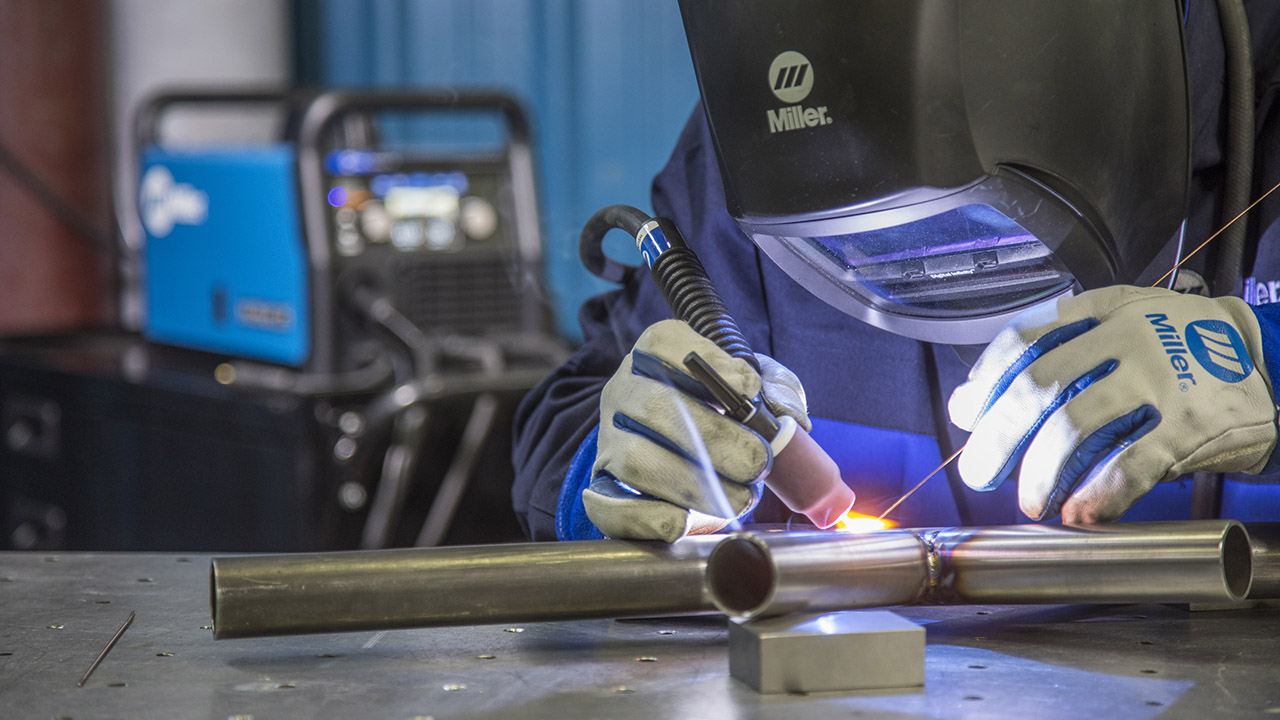Getting Welding Quality: Unveiling the Tricks of WPS Implementation and Optimization
In the world of welding, achieving quality is a quest that hinges on the thorough application and optimization of Welding Treatment Requirements (WPS) By delving into the key aspects, methods, challenges, and ideal practices connected with WPS, a world of welding quality awaits those that are eager to explore its depths.
Relevance of WPS in Welding
The Relevance of Welding Treatment Specifications (WPS) in the welding market can not be overemphasized, functioning as the foundation for making sure uniformity, high quality, and security in welding operations. A WPS gives detailed directions on exactly how welding is to be lugged out, including necessary variables such as products, welding processes, joint layout, filler metals, preheat and interpass temperature levels, welding currents, voltages, travel speeds, and much more. By sticking to a distinct WPS, welders can keep harmony in their work, bring about constant weld top quality across various jobs.

Crucial Element of WPS
Reviewing the integral components of a welding treatment requirements (WPS) is vital for comprehending its function in welding procedures. One vital facet of a WPS is the welding process requirements, which describes the particular welding processes to be made use of, such as gas tungsten arc welding (GTAW) or secured metal arc welding (SMAW) By integrating these essential aspects into the WPS, welding procedures can be standardized, ensuring quality, efficiency, and safety and security in welding operations.
Strategies for WPS Optimization

Second of all, training and certification of welding workers according to the details requirements of the WPS is critical. Supplying comprehensive training programs and guaranteeing that welders are accredited to carry out procedures laid out in the WPS can cause higher quality welds and minimized rework.
Additionally, leveraging technology such as welding software and tracking systems can aid in maximizing WPS. These tools can help in tracking variables, ensuring specifications are within defined limitations, and supplying real-time responses to welders, allowing them to make prompt modifications for enhanced weld high quality.
Usual Difficulties and Solutions
Facing barriers in carrying out the methods for WPS optimization can hinder welding procedures' efficiency and high quality. One typical obstacle is inadequate training or understanding of the welding procedure specifications (WPS) among the welding team. This can result in inappropriate execution of welds, resulting in flaws and rework. To address this, extensive training programs need to be executed to ensure that all welders are competent in analyzing and applying WPS accurately.
One more difficulty is the absence of correct paperwork and record-keeping, which is essential for WPS optimization. Without clear records of welding parameters, products made use of, and assessment outcomes, it becomes tough to recognize locations for improvement and ensure uniformity in welding processes. Carrying out a robust documents system, such as digital welding administration software, can assist enhance record-keeping and facilitate data analysis for continual renovation.
In addition, inconsistent welding tools calibration this link and upkeep can posture a significant obstacle to WPS optimization. Regular tools checks, calibration, and maintenance routines must be adhered to strictly to ensure that welding parameters are precisely regulated and maintained within the specified tolerances (welding WPS). By resolving these usual obstacles with proactive options, welding procedures can boost performance, quality, and overall welding excellence
Finest Practices for WPS Implementation
To make certain successful WPS application in welding procedures, adherence to industry requirements and thorough interest to detail are paramount. When launching WPS implementation, it is crucial to start by completely understanding the particular welding demands of the job. This requires a detailed testimonial of the welding procedure specs, materials to be bonded, and the environmental conditions in which the welding will occur.
Once the demands are clear, the next action is to choose the proper welding procedure that straightens with these specs. This involves getting in touch with the pertinent codes and standards, such as those supplied by the American Welding Culture (AWS) or the International Organization for Standardization (ISO), to guarantee conformity and top quality.
Furthermore, recording the entire WPS implementation process is necessary for traceability and high quality control. Comprehensive records ought go to these guys to be maintained relating to welding criteria, material prep work, preheat and interpass temperature levels, welding consumables used, and any type of variances from the original treatment. Regular audits and reviews of the WPS can aid identify locations for renovation and make certain continuous optimization of the welding process.


Final Thought
Finally, the implementation and optimization of Welding Procedure Specs (WPS) is critical for achieving welding quality. By understanding the crucial elements of WPS, executing reliable strategies for optimization, resolving common difficulties, and complying with finest methods, welders can guarantee high-grade welds and safe working conditions. It is essential for specialists in the welding sector to prioritize the correct application of WPS to boost total welding performance and achieve preferred outcomes.
The Importance of Welding Procedure Specifications (WPS) in the welding sector can not be overemphasized, serving as the foundation for guaranteeing uniformity, quality, and security in welding procedures. A WPS supplies comprehensive guidelines on just how welding is to be lugged out, consisting of essential variables such as materials, welding procedures, joint design, filler metals, interpass and preheat temperature levels, welding currents, voltages, traveling speeds, and much more. One crucial element of a WPS is the welding procedure specification, a fantastic read which describes the specific welding procedures to be utilized, such as gas tungsten arc welding (GTAW) or shielded metal arc welding (SMAW) By incorporating these crucial aspects into the WPS, welding treatments can be standard, making sure top quality, performance, and safety in welding operations.
It is imperative for experts in the welding market to focus on the appropriate execution of WPS to enhance general welding efficiency and attain preferred results.